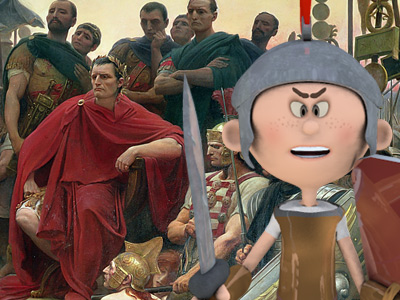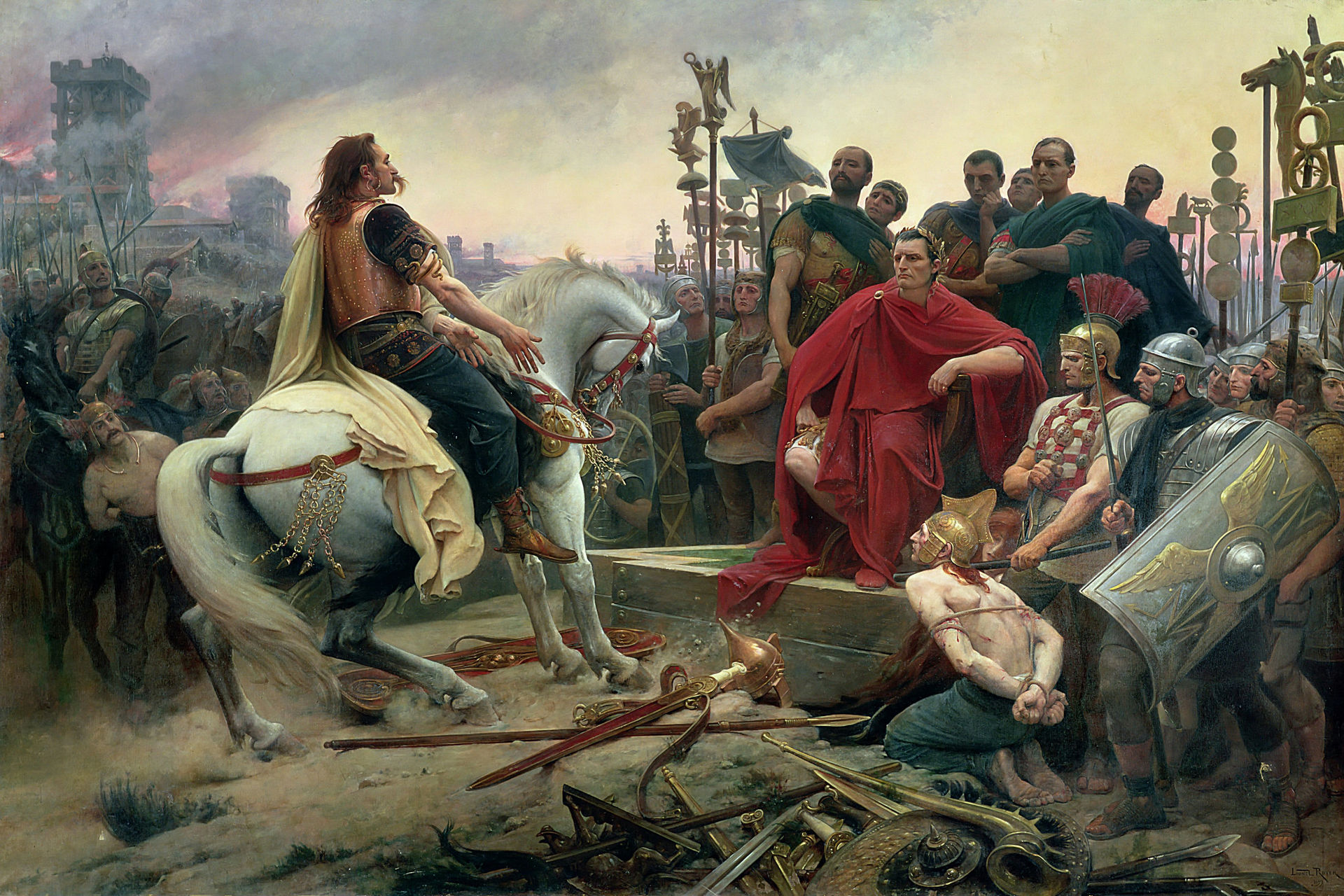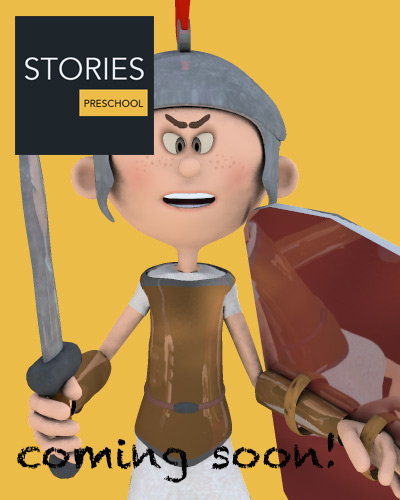Gallic Wars (58–50 BC)
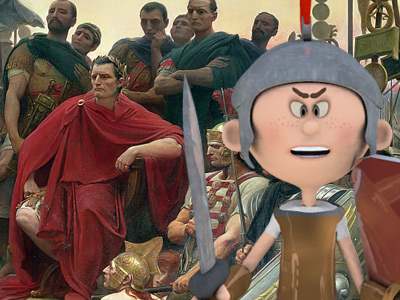
Punitive Expeditions
The following year, 56 BC, Caesar turned his attention to the tribes of the Atlantic seaboard, notably the Veneti tribe in Armorica (modern Brittany), who had assembled a confederacy of anti-Roman tribes. The Veneti were a seafaring people and had built a sailing fleet in the Gulf of Morbihan, requiring the Romans The Roman Republic was a form of government of Rome and the era of the classical Roman civilization when it was run through public representation of the Roman people. Beginning with the overthrow of the Roman Kingdom (traditionally dated to 509 BC) and ending in 27 BC with the establishment of the Roman Empire, Rome's control rapidly expanded during this period - from the city's immediate surroundings to hegemony over the entire Mediterranean world. to build galleys and undertake an unconventional land and sea campaign. Eventually Caesar was able to subdue these tribes after a protracted land and sea campaign.
The Roman Republic was a form of government of Rome and the era of the classical Roman civilization when it was run through public representation of the Roman people. Beginning with the overthrow of the Roman Kingdom (traditionally dated to 509 BC) and ending in 27 BC with the establishment of the Roman Empire, Rome's control rapidly expanded during this period - from the city's immediate surroundings to hegemony over the entire Mediterranean world. to build galleys and undertake an unconventional land and sea campaign. Eventually Caesar was able to subdue these tribes after a protracted land and sea campaign.

A map of Gaul showing all the tribes and cities mentioned in the Gallic Wars

A map of Gaul showing all the tribes and cities mentioned in the Gallic Wars
( Click image to enlarge)
Caesar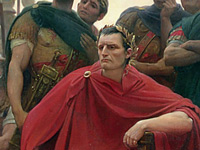 Julius Caesar (100-44 BC), was a Roman politician and general who played a critical role in the events that led to the demise of the Roman Republic and the rise of the Roman Empire. Caesar is considered by many historians to be one of the greatest military commanders in history. Julius Caesar » took his forces across the Rhine in 55 BC in a punitive expedition against the Germans, though the Suebi, against whom the expedition was mounted, were never engaged in battle. That same year, he then crossed the English Channel with two legions on his ships to mount a similar expedition against the Britons. The British adventure nearly ended in defeat when bad weather wrecked much of their fleet and the unfamiliar sight of massed chariots of the Britons caused confusion among their forces. Caesar did manage to secure a promise of hostages, though only two of them were actually sent. He withdrew, but returned in 54 BC with a much larger force that successfully defeated the powerful Catuvellauni, and forced them to pay tribute to Rome. The expeditions had little lasting effect, but were great propaganda victories for Caesar, keeping him in the public eye at home.
Julius Caesar (100-44 BC), was a Roman politician and general who played a critical role in the events that led to the demise of the Roman Republic and the rise of the Roman Empire. Caesar is considered by many historians to be one of the greatest military commanders in history. Julius Caesar » took his forces across the Rhine in 55 BC in a punitive expedition against the Germans, though the Suebi, against whom the expedition was mounted, were never engaged in battle. That same year, he then crossed the English Channel with two legions on his ships to mount a similar expedition against the Britons. The British adventure nearly ended in defeat when bad weather wrecked much of their fleet and the unfamiliar sight of massed chariots of the Britons caused confusion among their forces. Caesar did manage to secure a promise of hostages, though only two of them were actually sent. He withdrew, but returned in 54 BC with a much larger force that successfully defeated the powerful Catuvellauni, and forced them to pay tribute to Rome. The expeditions had little lasting effect, but were great propaganda victories for Caesar, keeping him in the public eye at home.
The campaigns of 55 BC and early 54 BC have caused controversy for many centuries. They were controversial even at the time among Caesar's contemporaries, and especially among his political opponents, who decried them as a costly exercise in personal aggrandizement. In modern times, commentators have been sharply divided between critics of Caesar's nakedly imperialist agenda and defenders of the benefits that the expansion of Roman power subsequently wrought in Gaul.
HISTORY
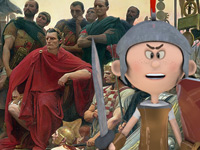
RESOURCES
This article uses material from the Wikipedia article "Gallic Wars", which is released under the Creative Commons Attribution-Share-Alike License 3.0.
© Stories Preschool. All Rights Reserved.
